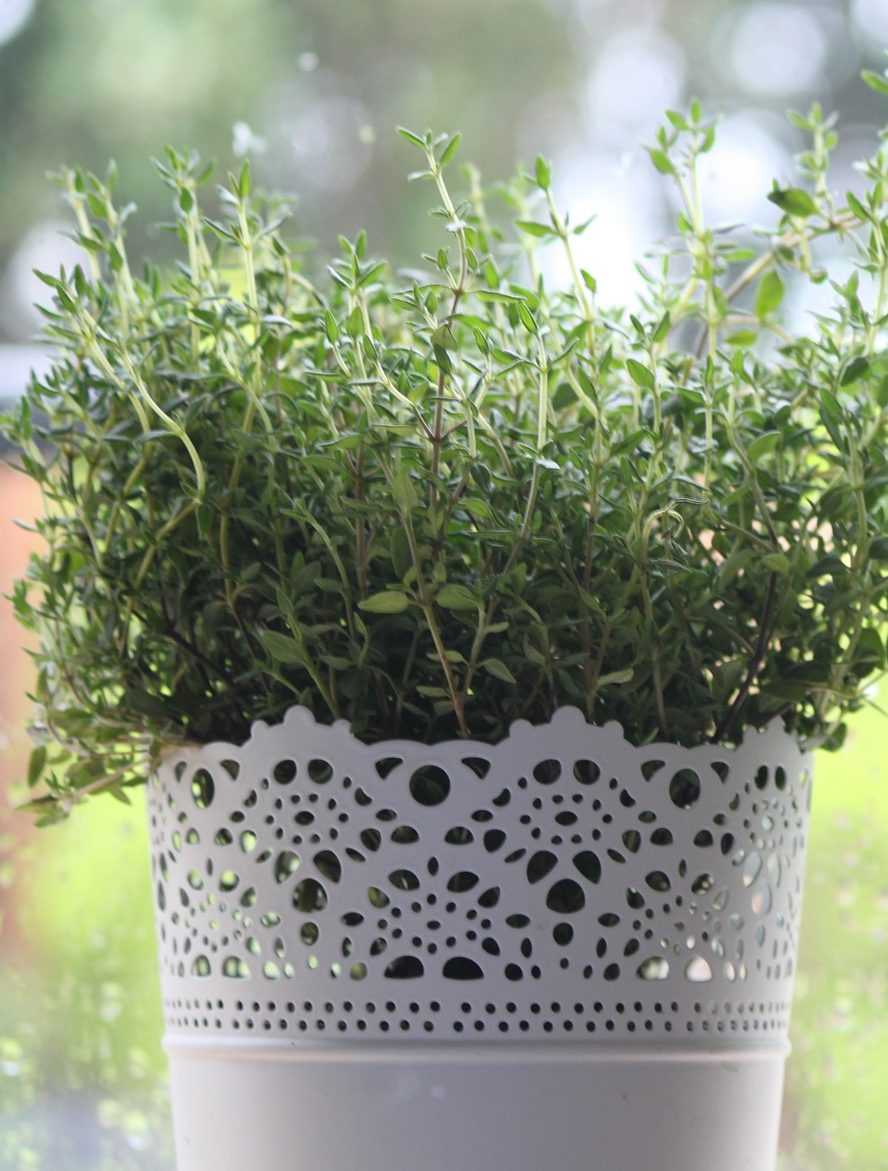How To Grow And Care For A Common Thyme Plant
Oh, hello there! Are you ready to learn about indoor thyme plant care? Because I'm about to give you the inside scoop on how to nurture these fragrant plants so they thrive in your home. But first, let me tell you a joke: Why did the tomato turn red? Because it saw the salad dressing! Okay, now that we've warmed up, let's get started.

Plant Attributes
Thyme is a charming herb that is easily recognized by its tiny, pointed leaves and delicate flowers. It is a member of the mint family, which may explain why it smells so good. There are many varieties of thyme, each with its own unique flavor and aroma. Some of the most popular cultivars include English, French, and lemon thyme. Thyme is a perennial plant, which means it will come back year after year if well cared for. It is a low-growing plant that is perfect for indoor containers.
Plant Care
Thyme plants are relatively easy to care for, but they do have a few specific needs. The most important thing to remember when caring for thyme is to give it plenty of sunlight. Thyme likes bright, direct light, so make sure to place your plant in a sunny window. Additionally, thyme likes to be watered regularly, but not too much. Over-watering can lead to root rot, so be careful not to let your plant sit in standing water. Finally, thyme likes a well-draining soil that is slightly alkaline. You can buy a pre-made soil mix designed for herbs, or you can make your own by mixing equal parts potting soil, sand, and perlite.
Pruning
Pruning is an important part of thyme plant care. Regular pruning helps to keep your plant healthy and encourages new growth. To prune your thyme plant, simply use a pair of sharp scissors to trim off any dead or damaged leaves, as well as any stems that are growing too tall or out of shape. You can also prune your plant to encourage bushy growth by cutting back the tips of the stems.
Propagation
If you want to expand your thyme collection, the good news is that thyme is easy to propagate. You can propagate thyme by taking stem cuttings and rooting them in water or soil. To take a stem cutting, simply snip off a healthy stem that is about 4-6 inches long. Remove the leaves from the bottom half of the stem and place it in a container of water or soil. Keep the cutting in a warm, bright location and mist it regularly to keep the soil or water moist. It should root and start to grow within a few weeks.
Potting & Repotting
Thyme plants should be repotted every 2-3 years. To repot your plant, simply choose a pot that is slightly larger than the one it is currently in and fill it with fresh potting soil. Carefully remove your plant from its old pot and gently loosen the roots. Place the plant in the new pot and tamp down the soil around it. Water your plant well and place it in a sunny location.
Common Pests & Plant Disease
Thyme plants are relatively pest and disease-resistant, but they can be vulnerable to aphids, spider mites, and root rot. If you notice any insects on your plant, simply spray it with a mixture of water and dish soap to kill them off. If your plant develops root rot, you will need to remove it from its pot and prune off any affected roots. Allow the plant to dry out for a few days before repotting it in fresh soil.
Common Problems
The most common problems with thyme plants are over-watering, under-watering, and lack of sunlight. To avoid over-watering, make sure your pot has good drainage and only water your plant when the top inch of soil is dry. To avoid under-watering, check your plant regularly and water as needed. To ensure your plant gets enough sunlight, make sure to place it in a bright, sunny window.
Well, that's all for now, folks! I hope you found this guide to indoor thyme plant care helpful. Remember, with a little bit of love and attention, your thyme plant will reward you with its delicious flavor and intoxicating aroma. And if anyone asks you how you became such a thyme expert, just tell them you heard it from a very punny plant enthusiast!

:max_bytes(150000):strip_icc()/growing-and-caring-for-hyacinth-plants-1402248-11-545310a6ee714fafa3924e1d7b7437e9.jpg)


Post a Comment for "How To Grow And Care For A Common Thyme Plant"